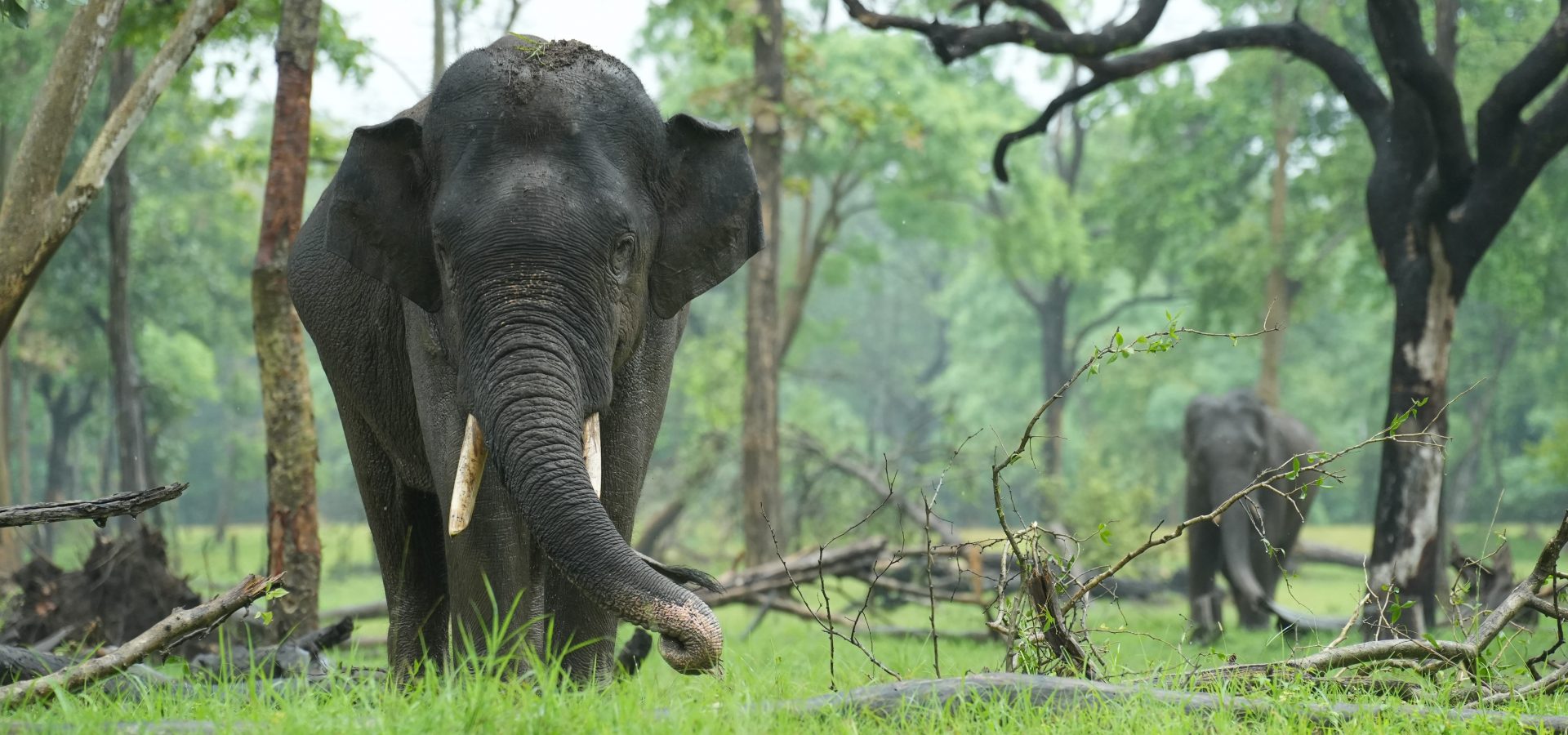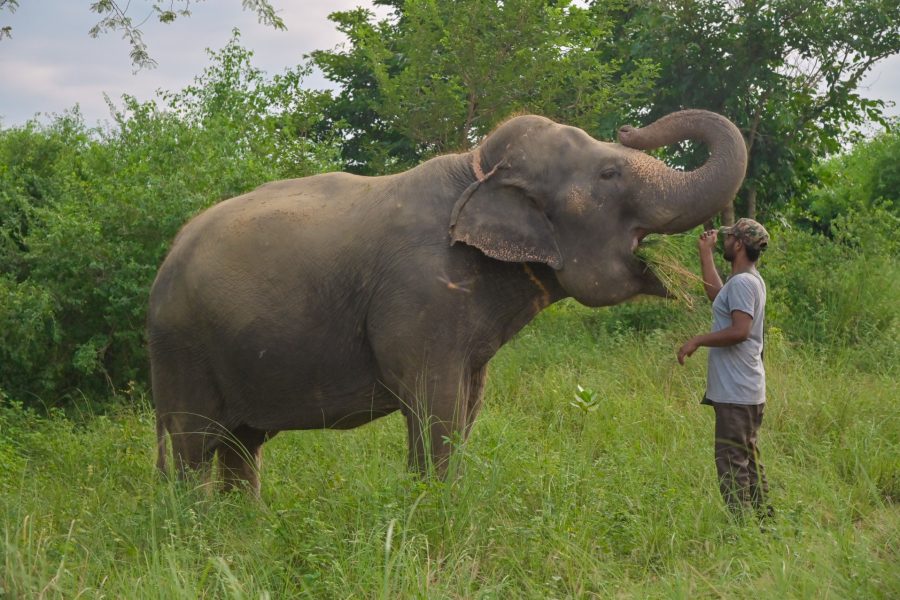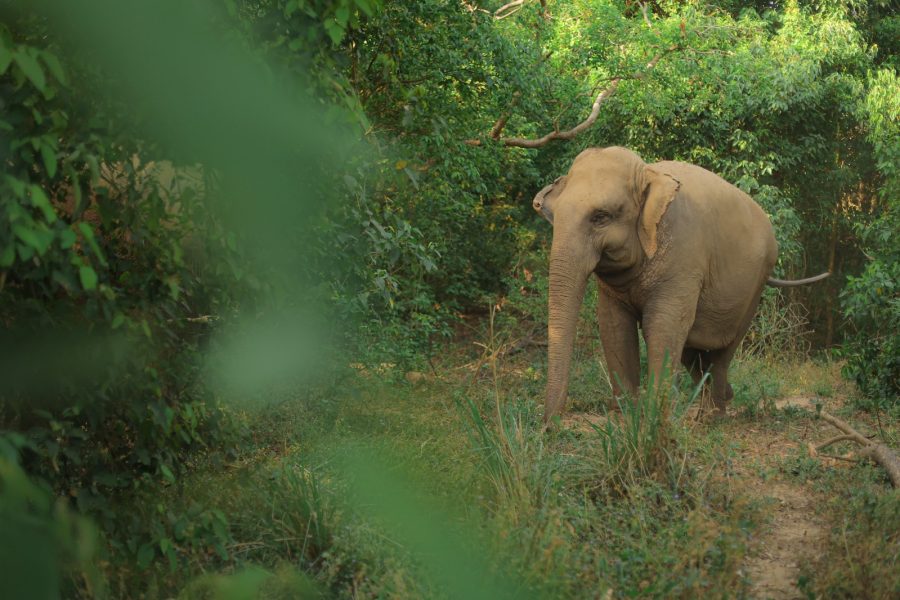Cinema has the remarkable ability to transport us to distant worlds, to explore the depths of human emotions, and to shed light on the most pressing issues of our time. Films have always been a great medium to inspire or serve as a tool for societal change. They can also make the audience experience different kinds of emotions, expose them to new perspectives, and most importantly, they are a medium for filmmakers, producers and communicators to bring more awareness to certain issues, helping to open the hearts and minds of people about urgent topics.
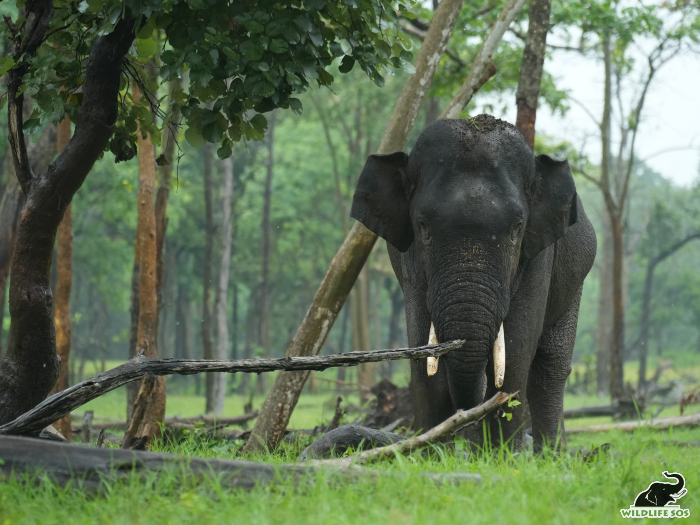
In this cinematic journey, we delve into the powerful stories that have emerged from the intersection of film and elephant conservation. From classic Hollywood tales to poignant documentaries and heartwarming short films, we explore how cinema can be a potent force for instilling empathy, raising awareness, and igniting change in our collective consciousness.
The Elephant Walk (1954)
The decade is the 1950s, and Hollywood has recently ‘discovered’ the ‘exotic land’ of a conveniently cost-effective Ceylon. The Elephant Walk, adapted from its namesake book, is yet another film of the era that is set in the country now known as Sri Lanka.
Paramount, a renowned movie studio, perhaps did not intend to make any social commentary with The Elephant Walk. During its production, Samuel Goldwyn, one of the studio’s founders, advised against using movies to send a message, famously quipping, “If you want to send a message, use Western Union.”
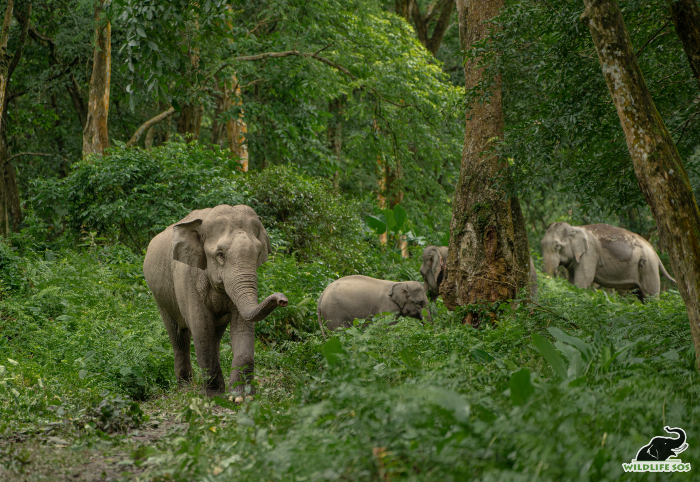
Despite the studio’s unwillingness, The Elephant Walk remains exceptionally perceptive about several aspects that find relevance in today’s time. A central theme in the film delves into the ongoing human-elephant conflict in Sri Lanka, while subtly alluding to social exclusion and widespread poverty in a post-independence country.
The narrative commences with Ruth, a young woman who marries a British tea planter residing in Ceylon. Ruth’s cherished house, the tea estate bungalow, stands upon a migratory path frequented by elephants. For Ruth, it’s a paradise, but for the elephants, it’s theft. The film deftly heightens tension, portraying occasional clashes between estate workers and the majestic pachyderms, all the while revelling in a colonial allusion—Ruth’s realisation that her paradise is a brute misappropriation.
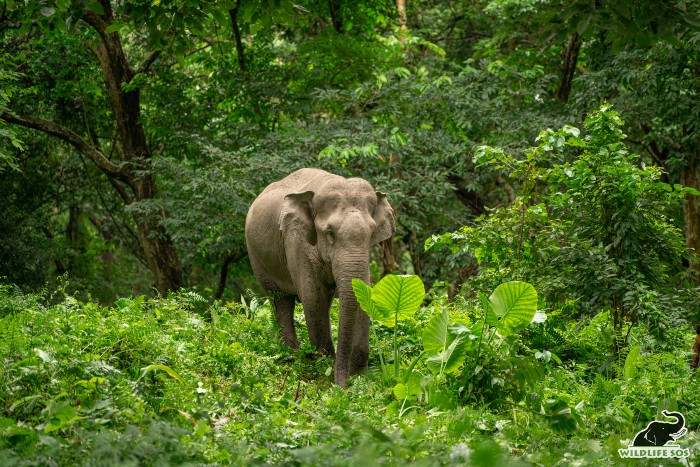
The Elephant Walk culminates with the elephants reclaiming their lost migratory route, as the opulent tea estate goes up in flames during the climax. In a grand conclusion, John Wiley, Ruth’s husband, gazes at his burning home with newfound composure, ultimately deciding to cede the land to the elephants, beautifully capturing the pertinent balance required for humans and elephants to coexist harmoniously.
An Apology To Elephants (2013)
An Apology to Elephants may initially strike viewers as a lofty title for a documentary film. However, as the HBO documentary unfolds, it becomes increasingly evident that apologising for humanity’s actions towards elephants is not only appropriate but imperative.
With the backdrop narration by Lily Tomlin, the documentary serves as a poignant and unignorable call to action against the use of elephants in circuses. Its compelling strength lies in the combination of expert testimonies and emotionally powerful imagery depicting the mistreatment of circus elephants. Directed by Amy Schatz, this eye-opening film offers a sobering look into our complex relationship with these gentle giants.
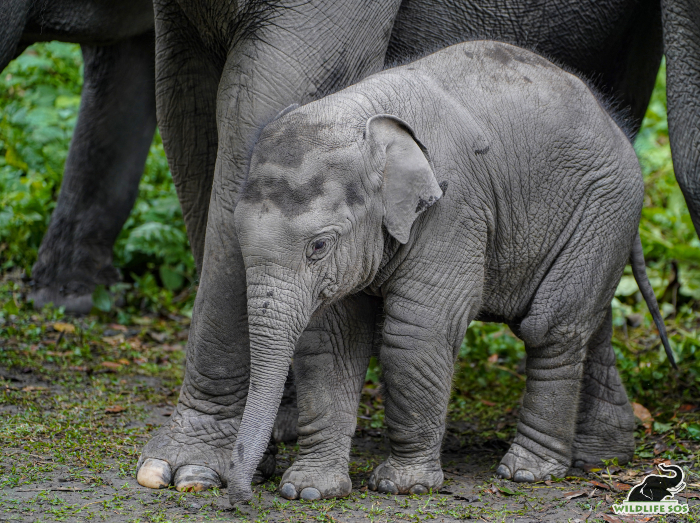
The film’s narrative traces the arrival of the first elephant in the United States in 1796 and their subsequent exploitation in circuses and zoos. Connecting our collective childhood wonderment of looking at elephants in circuses to the grim reality of their treatment, the film exposes the painful truth behind the seemingly impermeable elephant hide. The film with its brutal visuals exposes the use of bullhooks, that seem innocuous to the audiences, but inflict pain on an elephant’s body, leading to a life of performance fueled by fear.
The documentary also raises the ethical dilemma of elephant breeding in captivity. While the birth of baby elephants is a welcome sight, they seldom have the opportunity to live as their wild counterparts do. Dr. Joyce Poole of ElephantVoices, one of the experts featured in the documentary, grapples with this moral quandary, questioning whether it’s justified to bring elephants into a life of captivity.
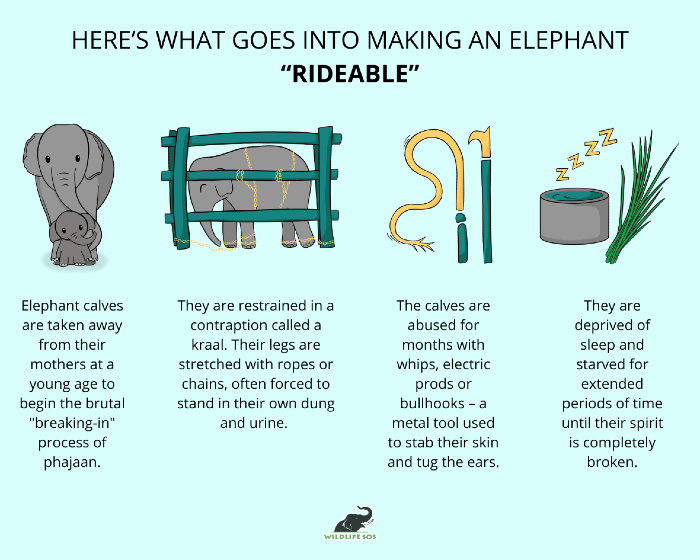
An Apology to Elephants is a call for enlightenment. The film challenges us to confront the uncomfortable reality of our actions and urges us to stop turning a blind eye to the suffering of these incredible animals. While the imagery may be difficult to watch, it’s equally impossible to look away, leaving viewers with a deeper understanding of elephants and, ultimately, a reflection on our own humanity.
The King’s Keeper (2018)
The grimness of human brutality in An Apology To Elephants leads us to an undeniable fact about humans: that our humanity is always salvageable. Created by Thomas Rowell, The King’s Keeper captures the loving bond between Gajraj, the elephant, and his caregiver, Prahlad, at Wildlife SOS’ Elephant Conservation and Care Centre.
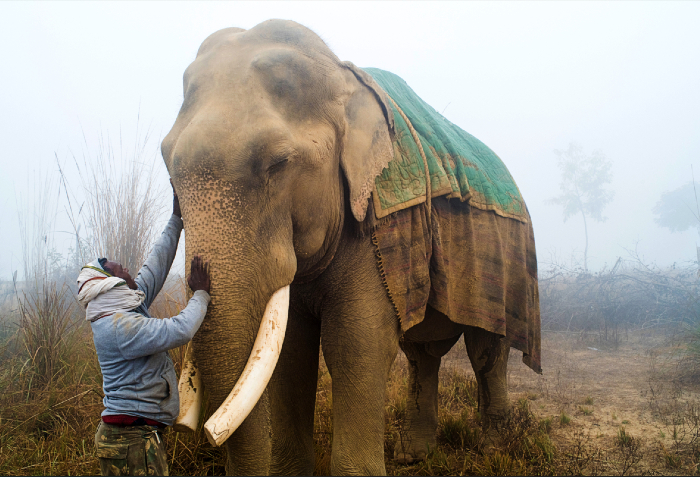
The short film begins with visuals of Gajraj braving a dust storm, while Prahlad steadfastly stands by his side, providing the support the elephant desperately needs. The audio in the background is a cacophony of menacing voices calling out to catch the elephant. The turbulent ominousness created by the opening scene is quickly juxtaposed by a gentle introduction of Prahlad as he declares, “I am a mahout.”
The film moves forward with Prahlad’s narration in the background. It traces Prahlad’s history as a mahout who used to tame elephants in circuses to now being the caregiver of Gajraj, a temple elephant whose life was marked with abuse.
The film’s name is a derivative of the elephant it follows: Gajraj, which means the elephant king, and Prahlad, his humble caregiver. The tenderness in Prahlad’s introduction is an everflowing emotion in the film. The documentary captures the redemptive power of a human being when given the right circumstances to thrive in. Prahlad accepts his past mistakes, describing the painful ordeal of a circus elephant and the tricks he used to make them perform. Guilty of his actions, he explains how starkly different and compassionate his bond came to be with Gajraj at the Elephant Conservation and Care Centre.
Feeding, walking, and bathing Gajraj, Prahlad eventually finds redemption. The film ends at a full circle as Prahlad adds, “I am Gajraj’s mahout. Gajraj is my king.”
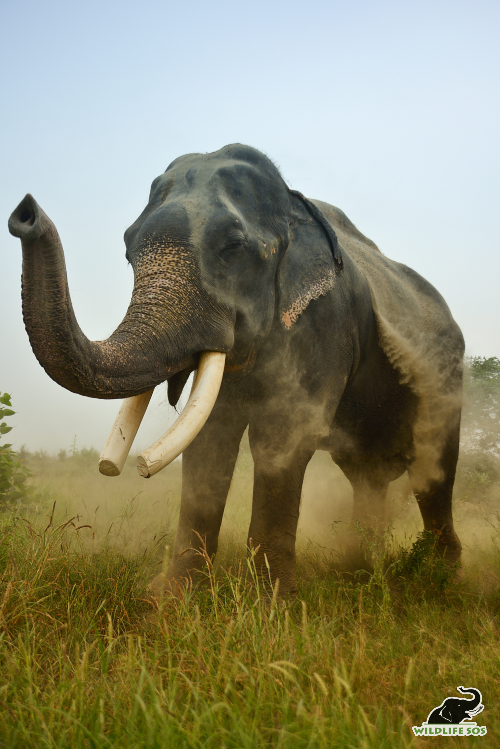
India’s Jungle Heroes (2020)
Have you ever wondered what an elephant rescue operation looks like? The process is nothing short of a high-stakes drama, encompassing life-threatening encounters and heartwarming moments as an elephant takes its first steps toward long-term care. The Nat Geo docuseries, India’s Jungle Heroes, now available on Disney+Hotstar, offers an in-depth look at these operations. In its fourth episode, viewers are invited to accompany Kartick Satyanarayan and his dedicated team from Wildlife SOS as they prepare for the rescue of a begging elephant.
The episode unfolds with a sense of urgency, simultaneously capturing Wildlife SOS’ efforts in rescuing an injured rhesus macaque with pellet gun wounds. As Kartick juggles the daunting task of rescuing an elephant, he arranges the necessary paperwork for the impending rescue. Upon receiving the green signal from the authorities, Kartick wastes no time and rushes to the location where the distressed pachyderm is chained.
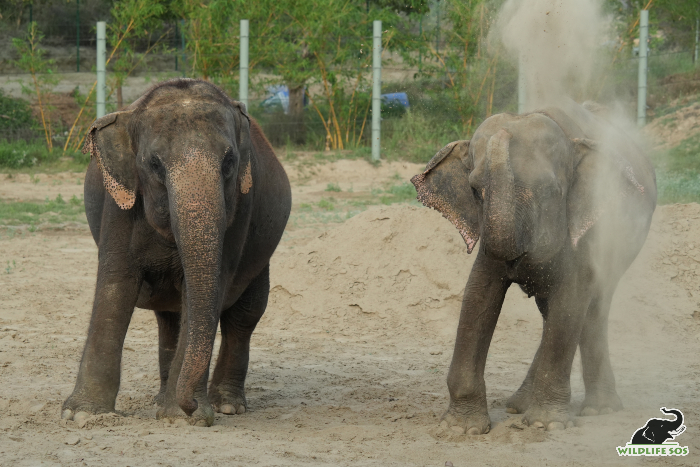
With great care and precision, the team gently guides the elephant into Wildlife SOS’ Elephant Ambulance. The culmination of this astounding rescue mission is marked by a poignant moment when the team gathers to offer prayers to Lord Ganesh, the elephant god, and names the rescued elephant Kalpana, signifying a new beginning and a life filled with imagination and hope.
The six-episode docuseries is a compilation of rescue missions conducted by Wildlife SOS, including a reunion of a stranded leopard cub with its mother.
The possibility of cinema to act as a voice for wildlife conservation is one that can’t be ignored. Themes of wildlife conservation presented through the silver screen serve as powerful educational tools which foster awareness and emotional connections towards wildlife. They inspire advocacy and activism, reaching a global audience that can help influence policies and funding decisions required for driving change. These films also highlight the importance of preserving our natural heritage, celebrate conservation successes, and provide hope by showcasing positive change.
On this Elephant Appreciation Day, we hope these films instil the courage in you to stand up against the exploitation of elephants. You can raise your voice by signing the petition against elephant abuse here.

